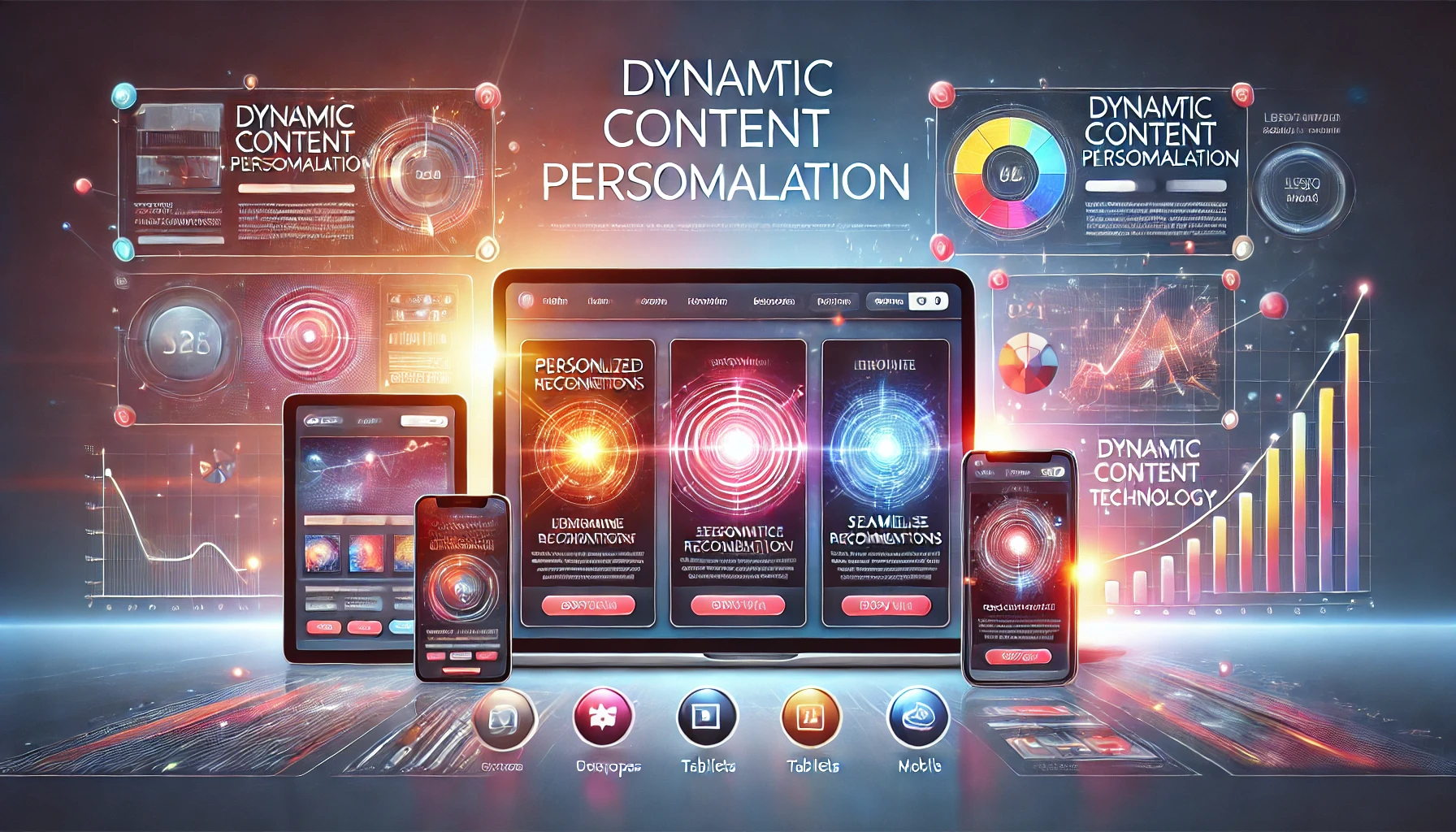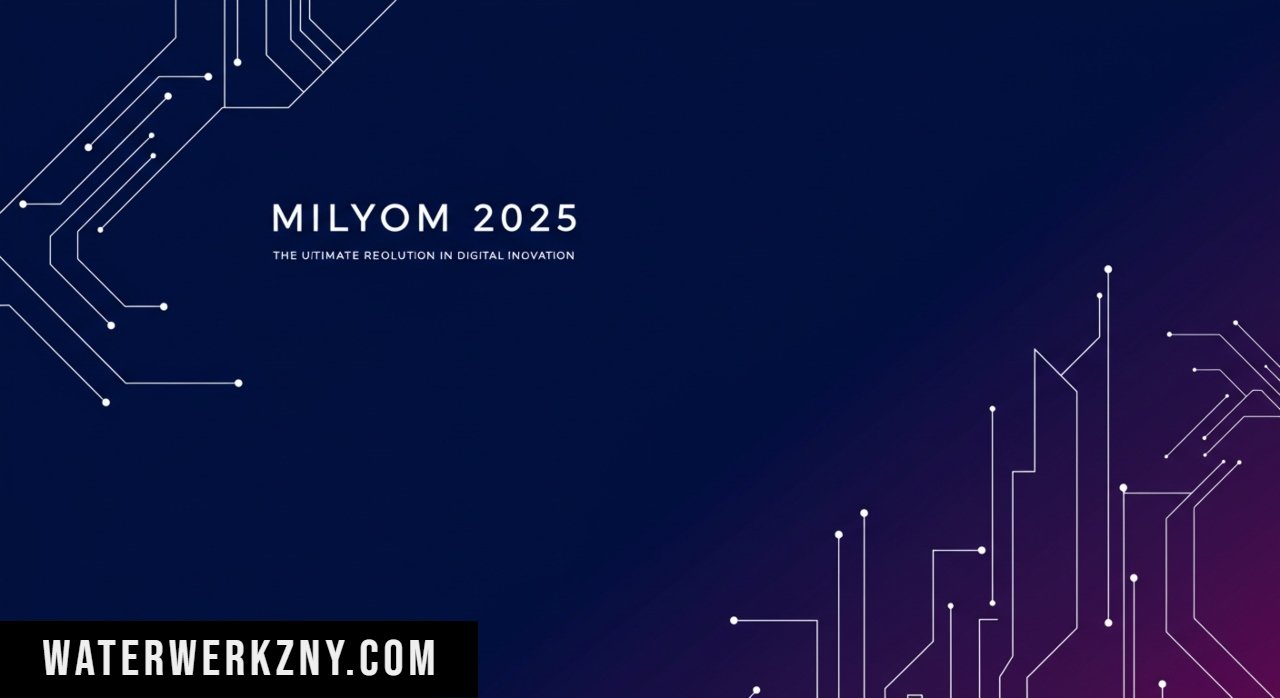Personalization in web design is very important since it helps out in coming up with a web design compatible with users’ experience profiles. In the bustle of the modern world, people desire things to look like they are uniquely designed for them despite the type of activities they are involved in such as shopping for items online, reading the news, or searching for information. When a website provides us with content that is in line with what we like, then we feel as if they have the website custom-made for us. Every user go through a unique experience no matter they are just visiting the site online. Whatever you think or prefer, you will get it in front of your eyes digitally. This is the magic of personalization in web design and we see majority of people looking for top rated web development company to start up their digital work.
What is Website Personalization?
Website personalization is basically to make users feel that the websites were designed for them. Algorithmic recommendation uses data like previously viewed content, geographic location, and preferences to tailor user experiences. It populates the interface with products or content that aligns with the user’s interests and previous interactions. This approach ensures users find the website more engaging, relevant, and appealing based on their unique preferences.
This means it is less time-consuming when you want to look for something special on the site. Personalization has made your time on the site more convenient and easy. An online shop might recommend products based on previous purchases, enhancing relevance and streamlining the user’s shopping experience. Similarly, a news site could suggest articles that align with topics the user has shown interest in reading before. Thus, the main role of website personalization is to deliver a specific customer experience that may result in better sales and higher customer satisfaction.
Advantages of Personalization in Web Design:
- Better User Experience:
Personalization is the process of adapting a site’s content to a particular user depending on the user’s preferences, activity, and previous actions. In this way, the experience is made more relevant, this gives the feeling that the user is valued.
- Higher Engagement:
Some advertisements are dynamic, meaning that they give a new impression every time the user directs their attention to it. This indicates that the visitors are likely to take their time browsing through the website’s content of interest. Ongoing studies shows that several users believe firms that offer personalized content are interested in relationship-building and higher engagement.
- Easier Navigation:
Dynamic content, which includes information related to the user’s preferences, enables easy navigation within a website. It makes the site very easy to use, as people are not lost between content which spare their time and it helps them achieve their objectives.
- Effective Communication:
Personalization helps business owners convey proper messages to guests, even when no one is available. In short, it gives effective communication perks. This can make customers feel heard, valued, and create brand loyalty because the users will always be satisfied for a personalized approach.
- Simple Updates and Improvements:
It is very simple to modify and alter dynamic content, which makes it extremely flexible for businesses to improve their level of content. Such flexibility assures that content remains fresh and interesting to a user.
- A/B Testing Options:
A feature that is very versatile, and allows for change of location and style of dynamic content is a good opportunity for A/B testing. This can help businesses identify which version is most effective in delivering its content so that their website can be more effective all around.
- Wide Application:
Dynamic content is not limited to websites only, but newsletters, marketing e-mails, videos, etc., are equally playing a positive role here. This versatility ensures that brands are able to keep up with the personalized experience regardless of the platform.
PRIVACY MATTERS:
Privacy is important yet crucial. Websites should balance user preference requests with the distinction between essential needs and unnecessary, surplus concerns. Privacy must hold equal importance, whether in the physical world or within the digital landscape of online interactions. Therefore, websites should be candid with the users in terms of data tracking and provide us with the convenience of measuring our privacy.
STREAMING SERVICES AND PERSONALISATION:
Personalization have made our lives easier than ever before. Every social media platform and application has been designed according to the user’s interests. From favorite TV shows to joyful music recommendations, these small changes have been a great innovation to make our lives go beyond ease.
Types of Website Personalization
These are the several interesting types of website personalization that can create value for users:
Behavioral Web Personalization:
First among several types of web personalization is behavioral web personalization, which aims at the actions of users on the website. For example, if a user spends time in specific categories or products, then the site can make suggestions for similar items because of their previous roles. These help users to locate whatever interests them more easily.
Demographic Customization:
Then we’ve got demographic customization. This method of personalization goes further to categorize user profiles on factors such as age, gender, or geographical location. The content of an e-commerce site may change based on the location of the user, for the user to feel the proximity of the site.
Contextual Personalization:
The other significant type is contextual personalization. This type focuses on the current context, such as using a mobile device or accessing the website during evening hours. For example, a restaurant’s website could showcase lunch specials at noon or adapt menu options for mobile and desktop screens.
Individualistic Personalization
User-generated content requires individualistic personalization. This involves using reviews and ratings from other users to influence this. For example, a travel site can include places that interest like-minded people have visited and share that information.
Preference-based personalization
Preference-based personalization enables a user to state their preferences on the kind of information they would like to see on a given website. This ensures the user sees only information that adds value to their lives and matches their preferences.
Integration Personalization
Another approach to personalization involves integrating social networks, linking websites to user profiles on social media platforms. This can cause features such as presenting friends’ activities or recommending content based on activity interactions.
Dynamic Content Personalization
Dynamic content personalization is quite powerful as well. This approach modifies dynamically the information on the page in relation to the user’s interaction. For example, an online store suggests special offers tailored to the most recently viewed products by a specific user.
Conclusion:
Intrinsically, personalization in web design is a key to make online experiences feel more welcoming and organic. By understanding our interests and delivering content that strike a chord with us, websites can make us feel noticed and valuable. It feels like a thoughtful gesture that leaves a positive impression in our real lives. A thoughtfully designed digital world now emphasizes relevance and connectivity, enhancing user experiences and fostering meaningful interactions.



